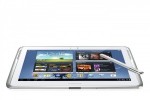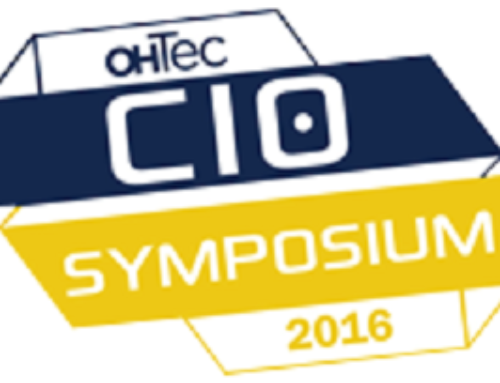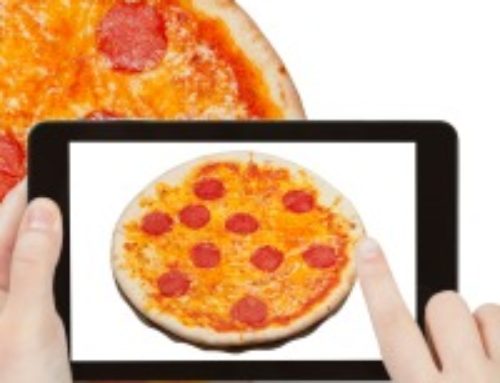Back in February, we posted about “Thinking Beyond the Glass; Alternative Mobile Interfaces“. Since that time, the companies that we featured, Tesco and Samsung have continued to advance on the innovations we reviewed, demonstrating the additional capabilities that can be enabled when we extend the mobile user experience beyond the screen.
Extending the Use of the Stylus
Samsung has had relative success with their initial Galaxy Note, albeit limited to a certain segment of the market. They are now looking to take their innovative work in this space mainstream, with the upcoming launch of the Galaxy Note 10.1, a full sized tablet which is launching this month. Utilizing the stylus, as well as some great multi-tasking and split screen capabilities, the video below demonstrates how Samsung hopes to improve on today’s tablet experience.
From bridging the physical/digital divide, to digital to digital interaction
 In our last post on this topic, we highlighted how Tesco had rolled out large back-lit billboards in Korean subway stations in order to simulate the in store shopping experience while enabling customers to fill their virtual shopping cart via their mobile device. Based on the success of this initiative, Tesco has recently launched a similar concept in the Departure Lounge in the North Terminal at London’s Gatwick’s Airport.
In our last post on this topic, we highlighted how Tesco had rolled out large back-lit billboards in Korean subway stations in order to simulate the in store shopping experience while enabling customers to fill their virtual shopping cart via their mobile device. Based on the success of this initiative, Tesco has recently launched a similar concept in the Departure Lounge in the North Terminal at London’s Gatwick’s Airport.
The video below shows how Tesco has moved from using the static billboards in Korea, to interactive kiosk displays. This allows customers to browse more products from a smaller physical footprint. Tesco not only changes the format, but also wisely adapts the paradigm to something more appropriate for the physcial dimensions available, rather than browsing an entire isle, customers are now taken through the experience of opening and browsing shelves of their refrigerator.
Both of the above examples highlight our broader point, which is that as you develop your mobile strategy and application design, you may need to think beyond the glass in order to extend the value of the mobile interaction and drive adoption.







